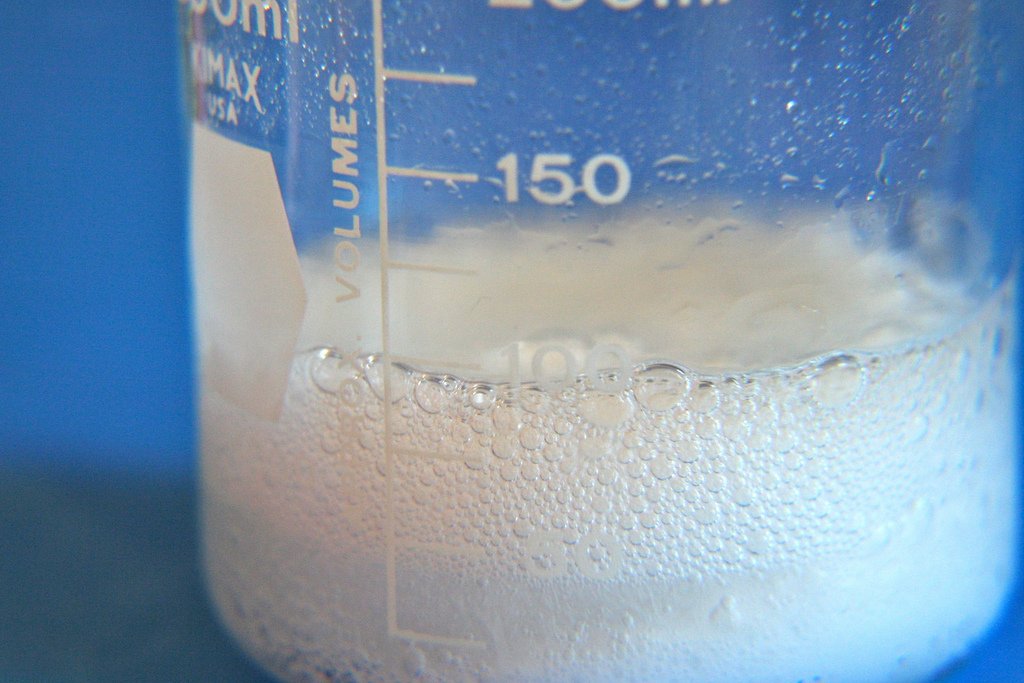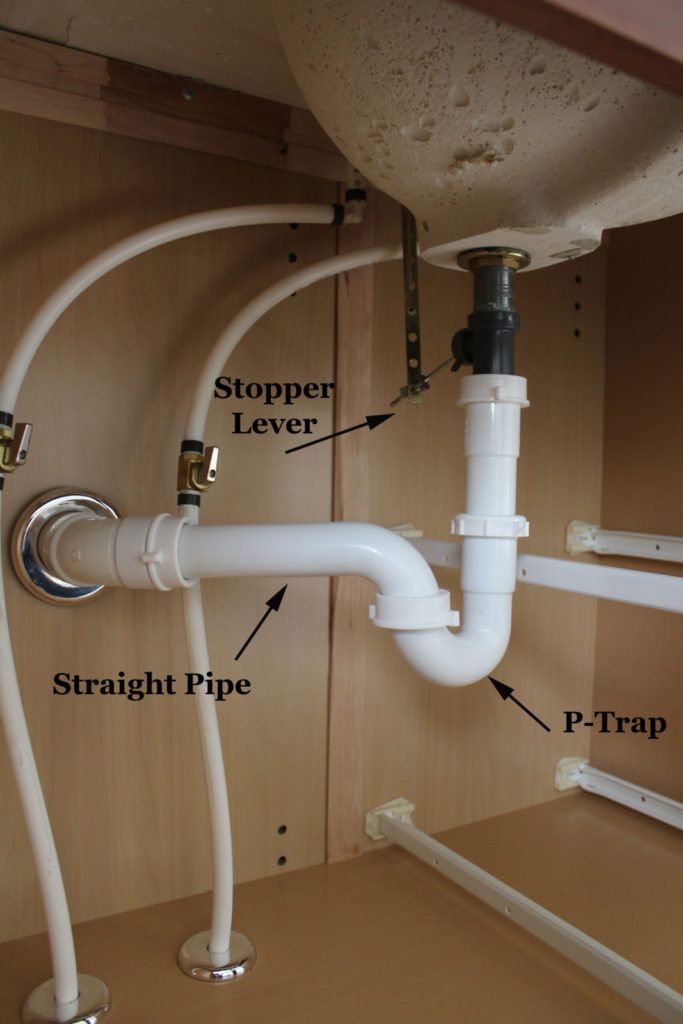

Sink draining slowly can be a frustrating and inconvenient issue. This comprehensive guide tackles the problem of slow-draining sinks head-on, providing easy methods to clear the blockage and restore the sink’s efficiency. Slow draining sinks are a common plumbing issue that can stem from various causes, ranging from hair clogs to grease buildup. This article will delve into effective DIY solutions to clear drain blockages and prevent future issues, providing a step-by-step approach that homeowners can easily follow. The guide will cover several troubleshooting steps and effective solutions and will equip you with the knowledge to handle this common problem yourself. It’s a practical and user-friendly guide, and the information presented is easily accessible and actionable for homeowners.
Understanding the Causes of Slow Draining Sinks
Understanding why your sink is draining slowly is the first step in finding a solution. Different clogs have different causes, and knowing the source is key to effectively tackling the problem. Common culprits include hair, soap scum, food particles, and grease buildup. These materials can accumulate in the pipes, creating a blockage that prevents water from flowing freely. Sometimes mineral deposits can also contribute. Knowing what is causing the clog helps you choose the correct approach to clearing it.
Hair Clogs
Hair is one of the most prevalent causes of slow-draining sinks, particularly in kitchen and bathroom sinks. Hair tends to accumulate in the pipes, leading to clogs over time. Regularly cleaning the drain with a drain strainer can prevent hair from entering the pipes in the first place and minimize the risk of hair clogs.
Related Post : Water Pressure Suddenly Dropping? Common Plumbing Issues to Check
Grease Buildup
Grease and oil from cooking can also contribute to drain blockages. When grease cools, it hardens and can solidify, creating a blockage in the pipes. Properly disposing of cooking grease and oil or using drain guards can reduce the risk of this sort of blockage.
Food Particles
Food particles left in the sink can also lead to clogs. Avoid flushing food waste down the drain; instead, dispose of it properly.
DIY Methods to Clear the Blockage
Many slow-draining sink issues can be tackled with DIY solutions, often saving you money compared to calling a plumber. There are several effective methods for tackling slow-draining sinks, each designed to target specific types of clogs.
Using a Plunger
A plunger is a great first tool for tackling slow-draining sinks. A plunger creates suction, forcing water and other materials through the clog. Make sure to seal the drain opening tightly with the plunger to maximize suction. Repeat several times if needed. Sometimes a few plunges might not be enough, and further techniques may be necessary. If you’re having a hard time, or not seeing results, moving on to a different method is a good idea.
Using a Drain Snake
A drain snake, also known as a plumbing auger, is a flexible tool with a metal coil at the end. The snake is inserted into the drain and rotated to break up the clog. This method is very effective against clogs located further down the drainpipe.
Using Boiling Water
Boiling water can be used to loosen and dissolve certain clogs, particularly grease buildup. Pouring a pot of boiling water down the drain can sometimes dislodge the blockage. However, it’s crucial to be cautious, as too much heat can damage the pipes. Use caution and be careful to avoid exceeding the pipe temperature limits of the pipes.
Prevention Tips for Future Blockages
Preventing future clogs is as important as clearing existing ones. Follow these tips to maintain the free flow of water in your drains. Regular maintenance can prevent future problems from arising.
Using Drain Strainers
Using drain strainers in your sinks can help prevent small debris from entering the drainpipes. This is especially helpful in keeping hair and food particles from clogging the pipes and impeding water flow.
Avoiding Pouring Certain Materials Down the Drain
Refrain from pouring grease, oil, or other fats down the drain. These substances solidify over time, increasing the likelihood of clogs.
Regular Drain Maintenance
Performing regular drain maintenance can significantly minimize clogs. Try pouring hot water or a mixture of baking soda and vinegar down the drain occasionally to maintain the drain’s cleanliness and free flow.
Professional Help When Needed
If your slow-draining sink persists after trying several DIY methods, it’s best to consult a professional plumber. A plumber can diagnose the problem more accurately and perform the necessary repairs, such as replacing or fixing parts of the drainpipe or addressing underlying issues. A plumber will ensure the issue is completely addressed and help prevent future problems that may arise from DIY approaches failing to address all sources of the issue.
In summary, slow sink draining is a common plumbing issue that can be tackled with simple troubleshooting and DIY fixes. By understanding the potential causes, from hair clogs to grease buildup, you can effectively address the problem. This guide provided a comprehensive overview of effective methods to clear drain blockages, and with the right approach, you can restore your sink to its proper functionality. Try the tips above to restore your sink to its normal flow and prevent future blockages. If the problem persists, don’t hesitate to consult a professional plumber.